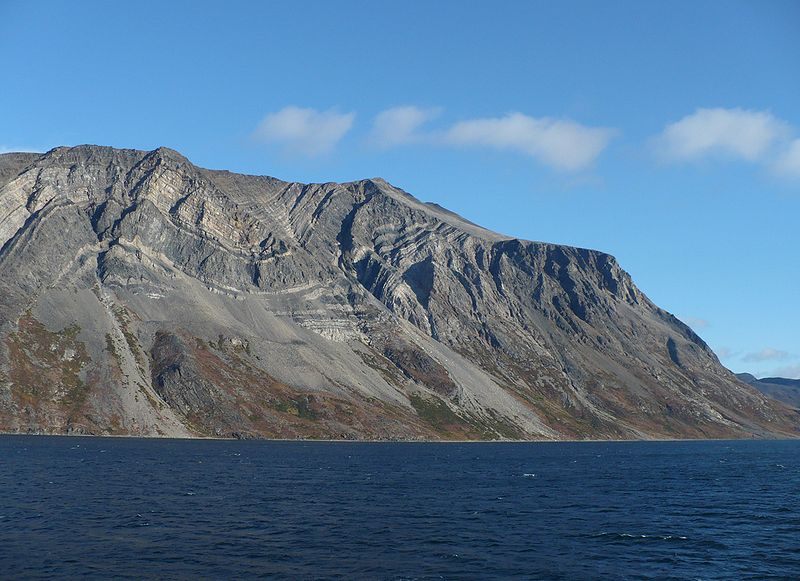Found: Oldest Evidence of Life on Earth, Dating Back 3.95 Billion Years
The planet itself is 4.5 billion years old.

In northern Labrador, one of the few places on the planet where rock from Earth’s early history has survived, a team of scientists from the University of Tokyo have found mineral graphite that shows evidence of life on earth 3.95 billion years ago.
That makes this the oldest evidence ever found of life on earth, as the CBC reports.
In a new study published in Nature, Yuji Sano and Tsuyoshi Komiya describe their discovery of graphite in the Saglek Block, the oldest known stretch of metasedimentary rock in the world. Graphite can form when decaying organic material is heated to hundreds of degrees, and mineral formed in this way has a distinctive chemical clue that it was formed from once-living material. Graphite is made of carbon, and if the isotope carbon-12 is present in particularly high concentrations, compared to carbon-13, it’s a sign of organic material.
Dating material this old is always a challenge. There are only four places on Earth that are known to have rock that dates back to the Eoarchean period, more than 3.6 billion years ago. Having survived this long, the rock has transformed, making it difficult to trace the history of any particular sample. But, as The Atlantic reports, the team calculated that the graphite formed at temperatures that could have also turned the surrounding, 3.95 billion-year-old rock into its current, metamorphic state. That evidence suggests that the sample was already in place during that transformation and also dates back that far.
This work is so tricky that there’s always some doubt, but scientists who didn’t participate in the study are very enthusiastic about its results. The Earth itself is about 4.5 billion years old, and this line of research is putting the origin of life ever closer to the planet’s birth. “Earth has been a biotic, life-sustaining planet since close to its beginning,” one scientist told The Atlantic.
























Follow us on Twitter to get the latest on the world's hidden wonders.
Like us on Facebook to get the latest on the world's hidden wonders.
Follow us on Twitter Like us on Facebook